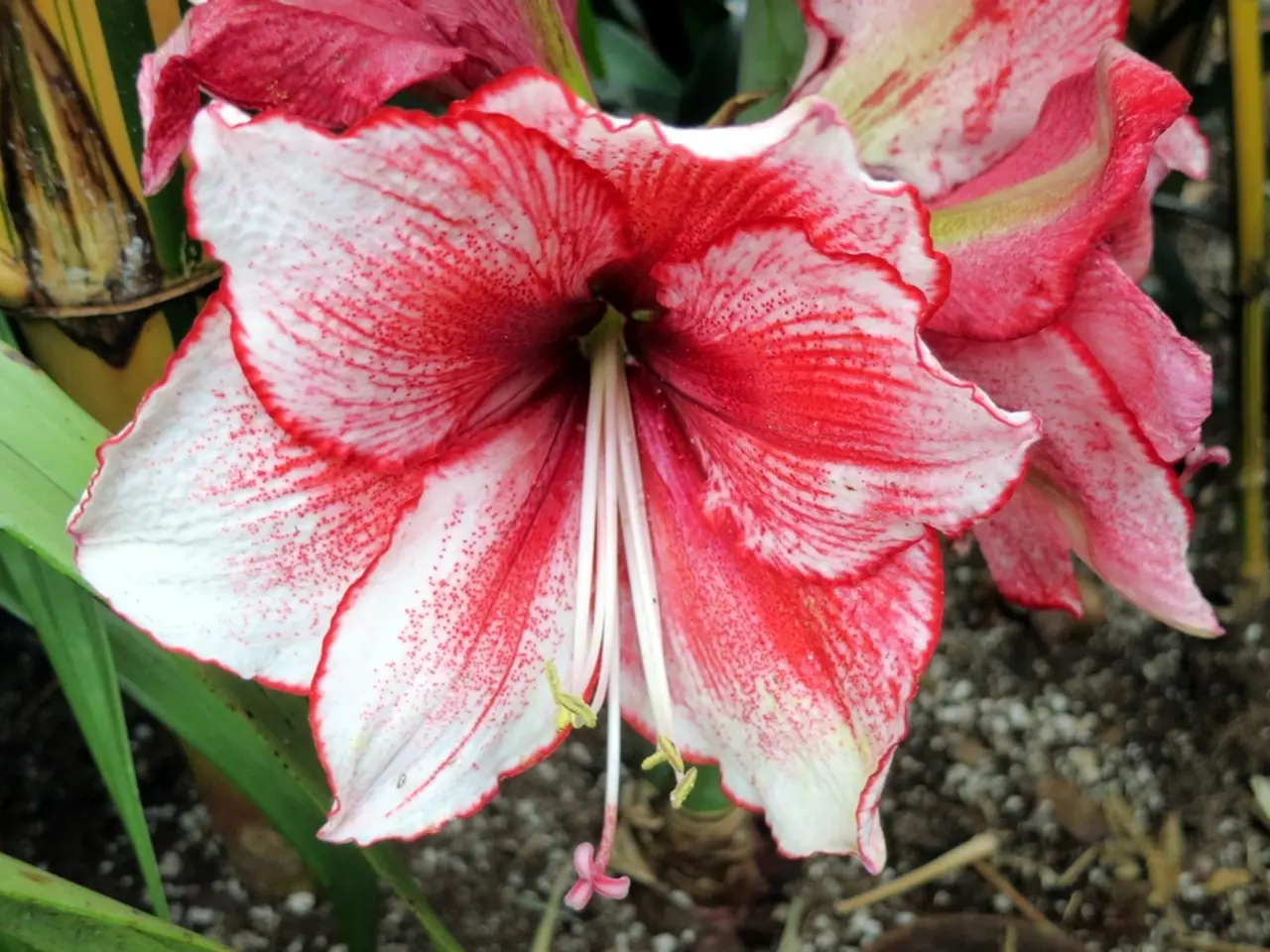Moving Vegetation: Transitioning from Sphagnum Moss to Earthy Soil
In the world of horticulture, transitioning plants from sphagnum moss to soil is a crucial process that requires careful planning and execution. Here's a comprehensive guide to help you navigate this transition smoothly.
Gradual Transition
The key to a successful transition is to do so gradually over several weeks. This allows the plant to acclimate to its new environment without experiencing transplant shock.
Root Readiness
Ensure that the roots are well-established and strong enough, ideally around 5 cm long, before transferring the plant.
Select Appropriate Soil
Choose a well-draining potting mix that suits the plant species. Ingredients like perlite, bark, coconut coir, and peat moss are excellent choices.
Maintain Environmental Conditions
Avoid sudden changes in light or humidity. Keep the environment bright but with indirect light to prevent stress from sudden changes.
Water Carefully
When first potted in soil, water adequately to keep the soil moist but not soggy. The moisture needs may differ from moss-grown plants.
If you are transitioning from sphagnum moss to another medium such as LECA (expanded clay aggregate), similar gradual methods apply, focusing on moisture balance adjustments.
Preparing the Garden Soil
Before transplanting, prepare the garden soil by loosening and aerating it. This can improve moisture retention, drainage, and root penetration.
Inspection and Care
Inspect the roots for any signs of damage or rot after removing the plant from the moss. Trim away any dead, black, or mushy roots. Healthy roots should generally feel firm and the colour can vary depending on the plant type.
Transplanting Tips
Choose a warm, overcast day in the early morning for transplanting. This gives the plant time to settle without intense midday sun exposure. Harden off the plant by gradually exposing it to outdoor conditions before transplanting. Carefully lift the plant out of its current pot to facilitate the transfer to soil.
Post-Transplant Care
Monitor the plant's growth and well-being after transplanting and adjust the watering routine as needed. Be prepared to lose some secondary roots during the process of removing the plant from the moss.
Additional Tips
Spreading mulch over the soil can reduce moisture loss in dry seasons or climates. Selecting a pot with drainage holes can prevent waterlogged soil. Avoid walking on the soil to prevent it from compacting. Spreading black plastic or landscaping fabric across the site can boost soil temperature a couple of weeks before planting. Working in organic matter to a shovel's depth can further improve moisture retention, drainage, and root penetration.
In conclusion, with careful planning, gradual acclimation, and attention to detail, you can successfully transition your plant from sphagnum moss to soil, minimising plant stress and promoting healthy growth.
Embracing a lifestyle centered around vegetable gardening, improving your home-and-garden skills with this comprehensive guide will ensure a smooth transition from sphagnum moss to soil for your plants. Whether you're planning to grow vegetables or ornamental plants, gardening methods like gradual acclimation, choosing the right soil, and post-transplant care can contribute significantly to your success in home-and-garden cultivation.




